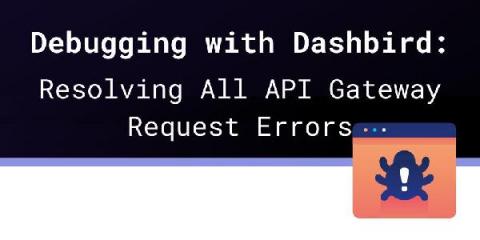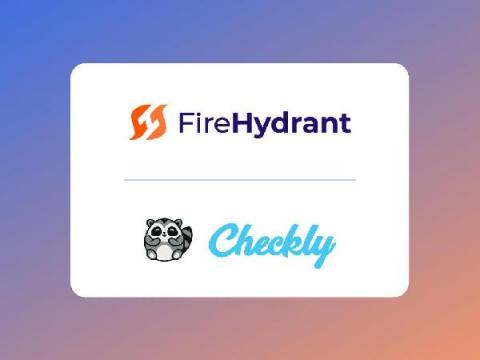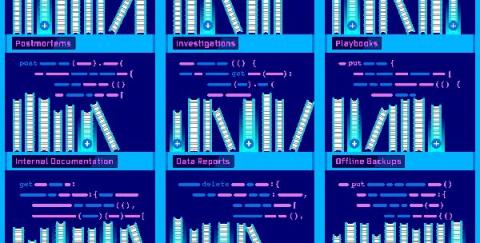Operations | Monitoring | ITSM | DevOps | Cloud
API
The latest News and Information on API Development, Management, Monitoring, and related technologies.
Debugging with Dashbird: Resolving the Most Common API Gateway Request Errors
Adding an API Gateway to your application is a good way to centralize some work you usually have to do for all of your API routes, like authentication or validation. But like every software system, it comes with its own problems. Solving errors in the cloud isn’t always straightforward, and API Gateway isn’t an exception. AWS API Gateway is an HTTP gateway, and as such, it uses the well-known HTTP status codes to convey its errors to you.
What is API Monitoring?
Plenty of tools make it easy for you to discover existing APIs and create new APIs that integrate essential parts of your IT infrastructure. However, using an API to connect two or more assets doesn’t ensure that you get excellent performance.
New Integration: Declare FireHydrant Incidents from Checkly Alerts
Streamlining your incident management process is what we do best, and one of the ways we do that is by acting as the connective tissue across all of your applications. We’ve partnered with Checkly to bring you a new integration that empowers you to detect problems and resolve incidents faster.
Use Datadog's Notebooks API to programmatically manage your notebooks
Datadog Notebooks simplify the way teams across an organization find and share knowledge. By bringing together live data and rich Markdown text, Notebooks help teams create powerful, data-driven documents—from runbooks and support playbooks to incident postmortems and data reports. And with collaboration functionalities like real-time editing and commenting, team members can simultaneously make changes to a document and gather feedback along the way.
Monitoring a RESTful API on a Headless CMS Using Pingdom
Automating load tests for APIs
In most cases, when users start to access and use a new application or a new release, app performs pretty well. As the user base grows and usage increases, the app can outgrow its infrastructure. Users can start experiencing a dip in performance. Latency increases, bandwidth and memory get exhausted quickly, and some code architectures start to fail because they do not scale well with the increased amount of users.
AI-powered API operations with Apigee
Add Datadog monitoring to your Retool apps
The more tools that your teams need to execute their workflows, the more friction and lost productivity there can be, especially if each tool requires a different CLI or set of APIs. Retool is a low-code platform that allows you to build internal web applications using a drag-and-drop interface. By integrating with a number of key backend databases and APIs, Retool enables you to create custom, centralized management tools to serve a wide range of employee-facing use cases.
A GraphQL Introduction: Benefits and Tips for Using This API Technology
GraphQL is an open-source query and manipulation language to use for APIs. It contains server-side functionality and a query language for maintaining data interfaces. It was first created in 2012 by Facebook and publicly released in 2015. Since 2018, the GraphQL project has been hosted by the Linux Foundation and run by the GraphQL Foundation.











